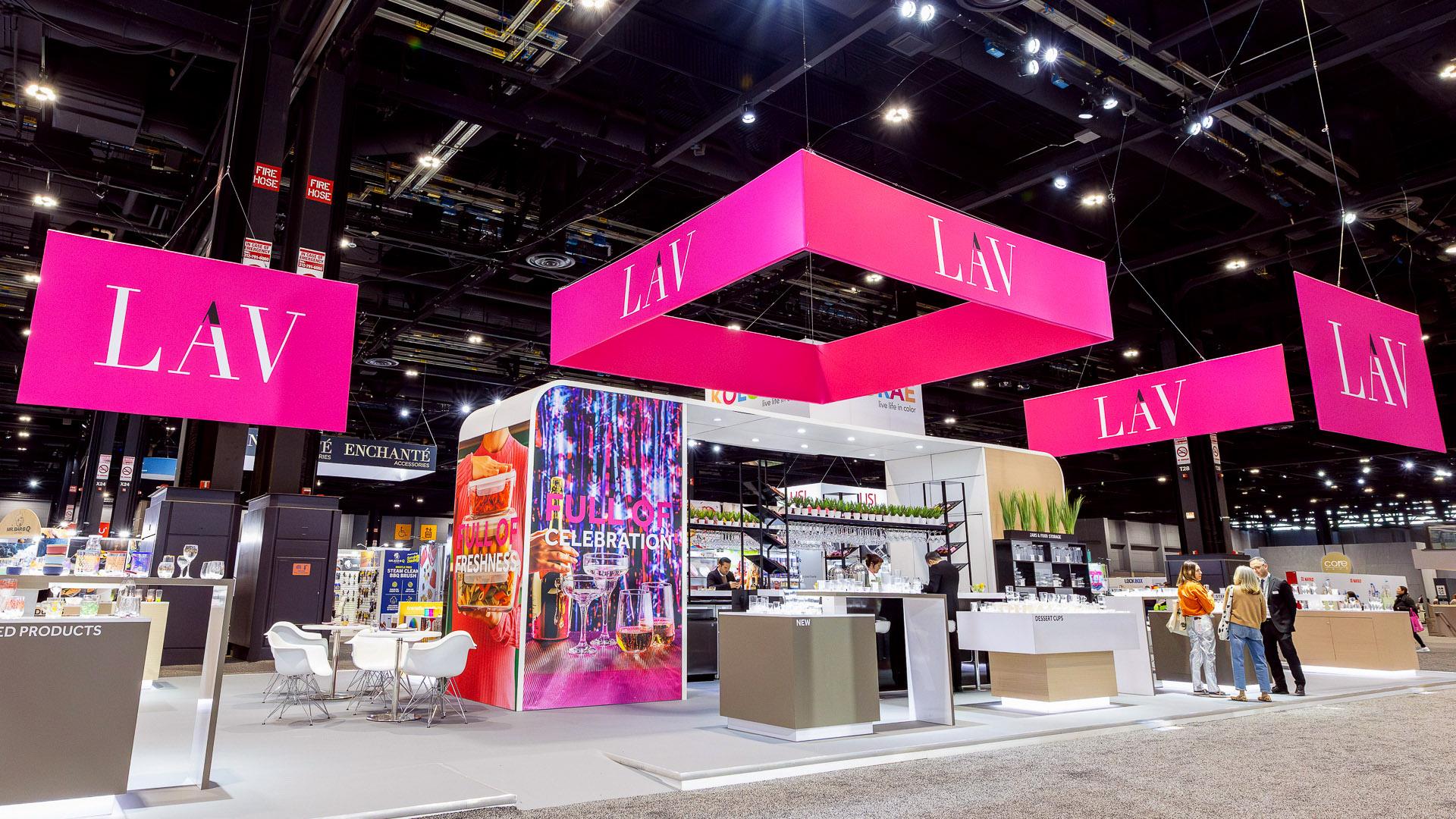
FEATURED WORK
The NAFEM Show
Autodesk University
Our Work
We help the world’s leading associations and exhibitors build meaningful relationships with customers through memorable experiences.
-
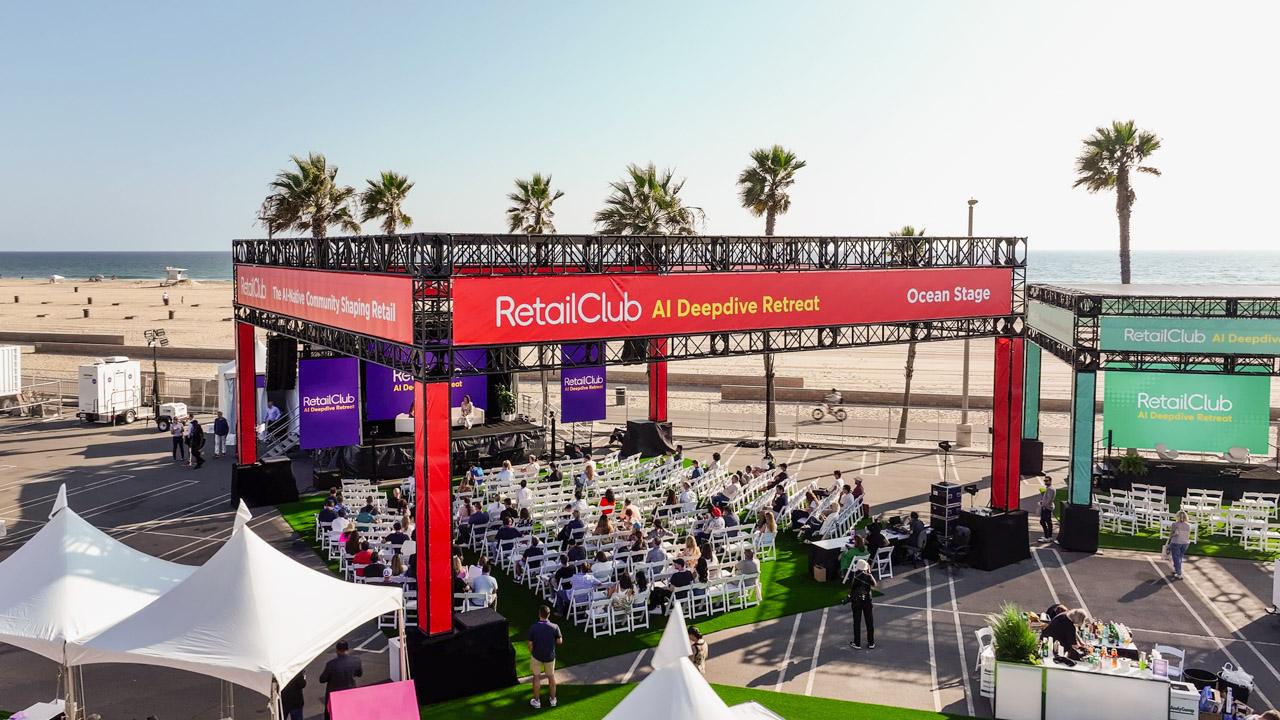
RetailClub: AI Deepdive Retreat
RetailClub: AI Deepdive Retreat How Studio Blue transformed a parking…
-
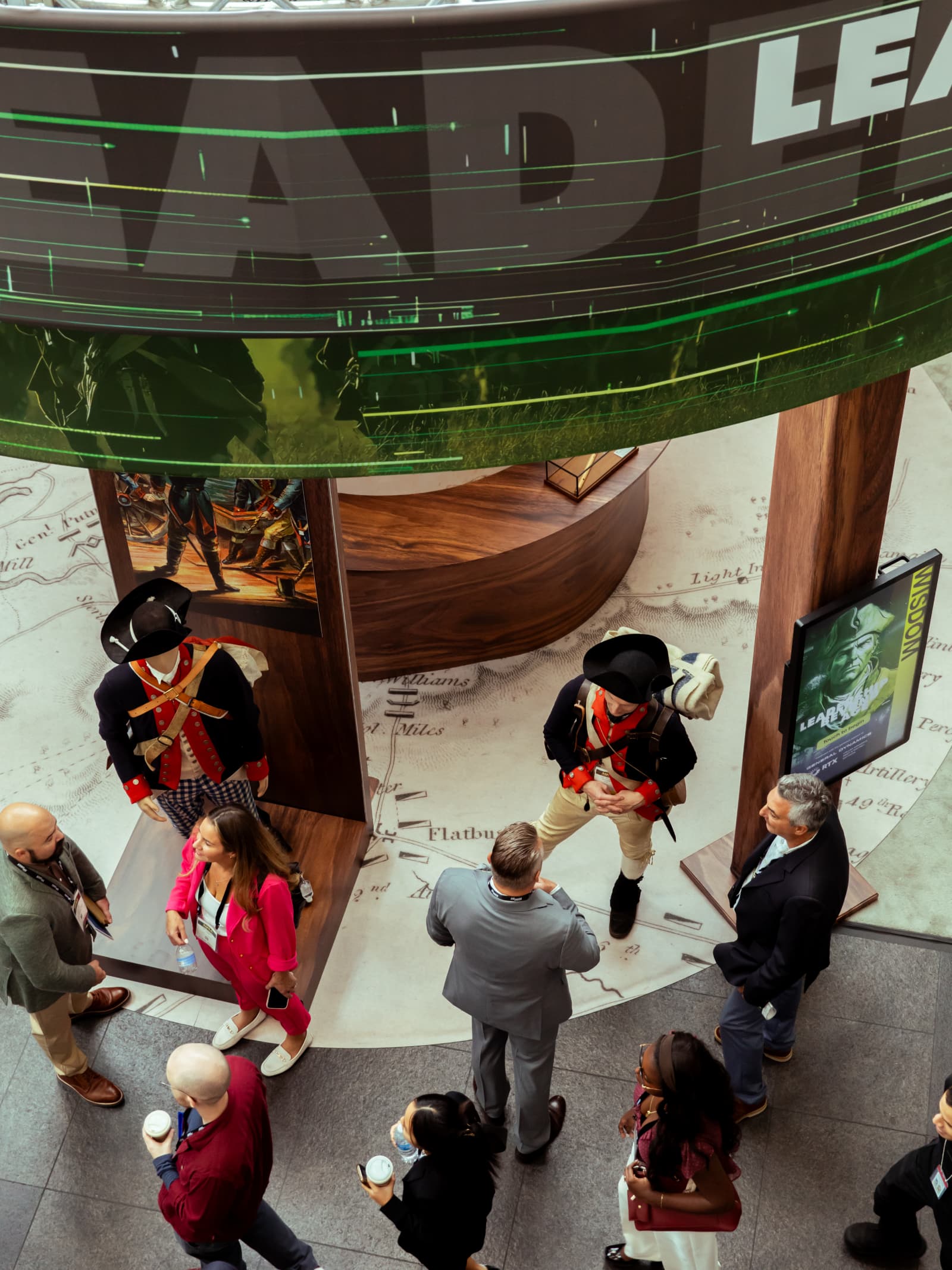
AUSA
Commemorating the U.S. Army’s 250th Anniversary
-
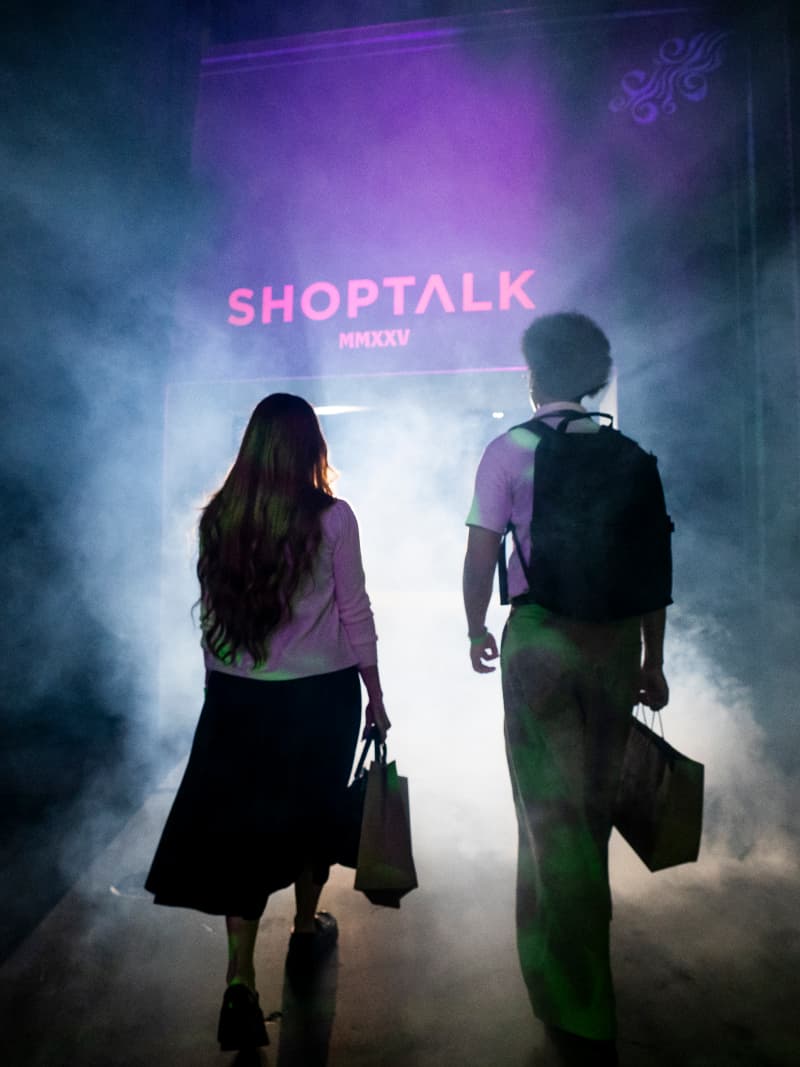
Shoptalk
How to Create the Perfect Alchemy for Retail Industry Innovation.
-
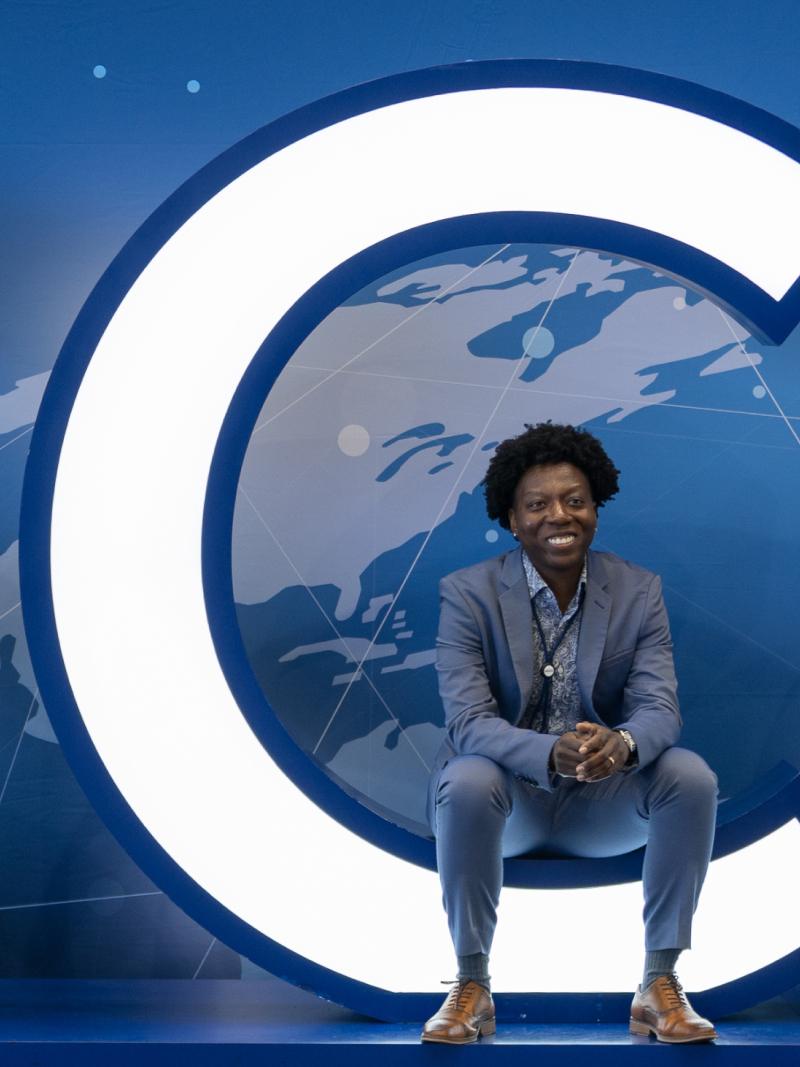
ASCO
Evolving Education: How ASCO 2025 Created a Connection-Driven Experience
-
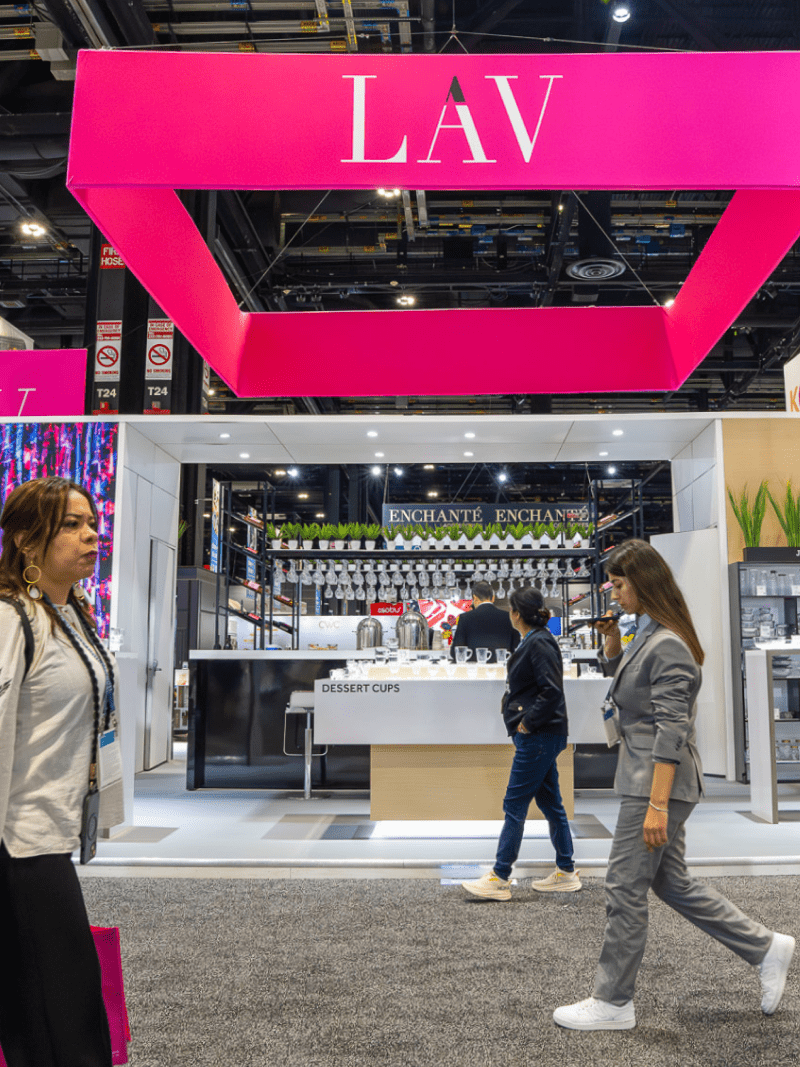
LAV
Creating a Best in Glass Exhibit
-
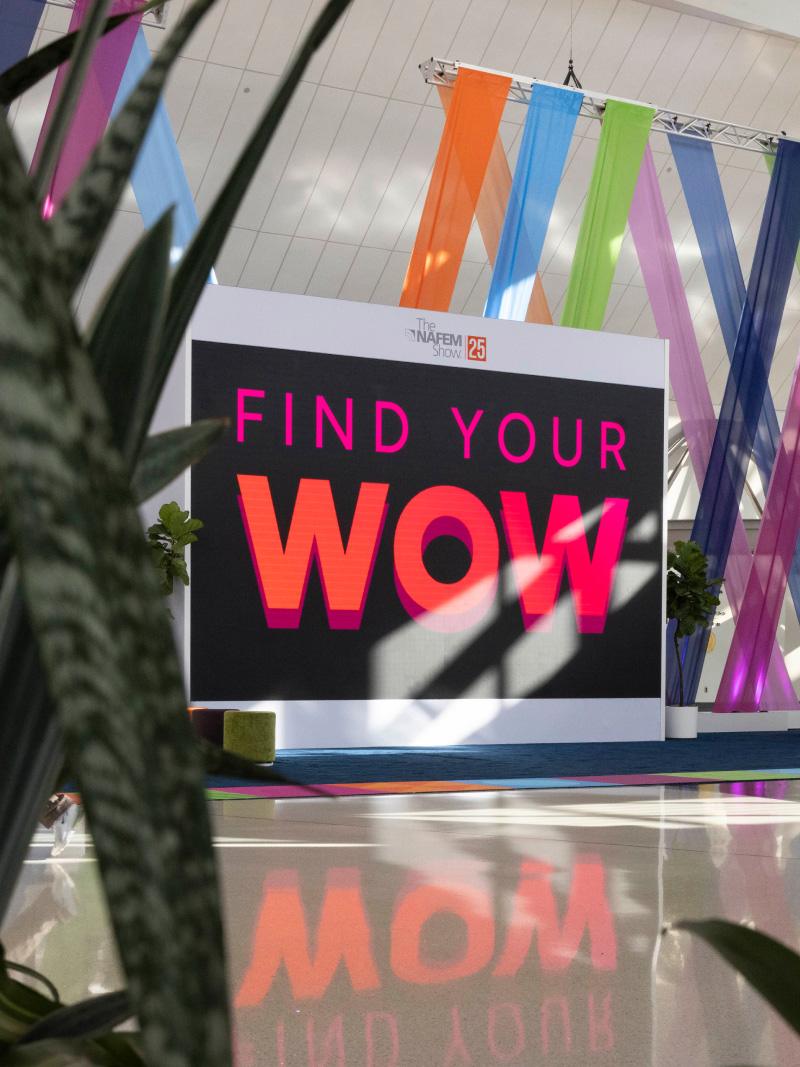
The NAFEM Show
All Signs Point to WOW
-
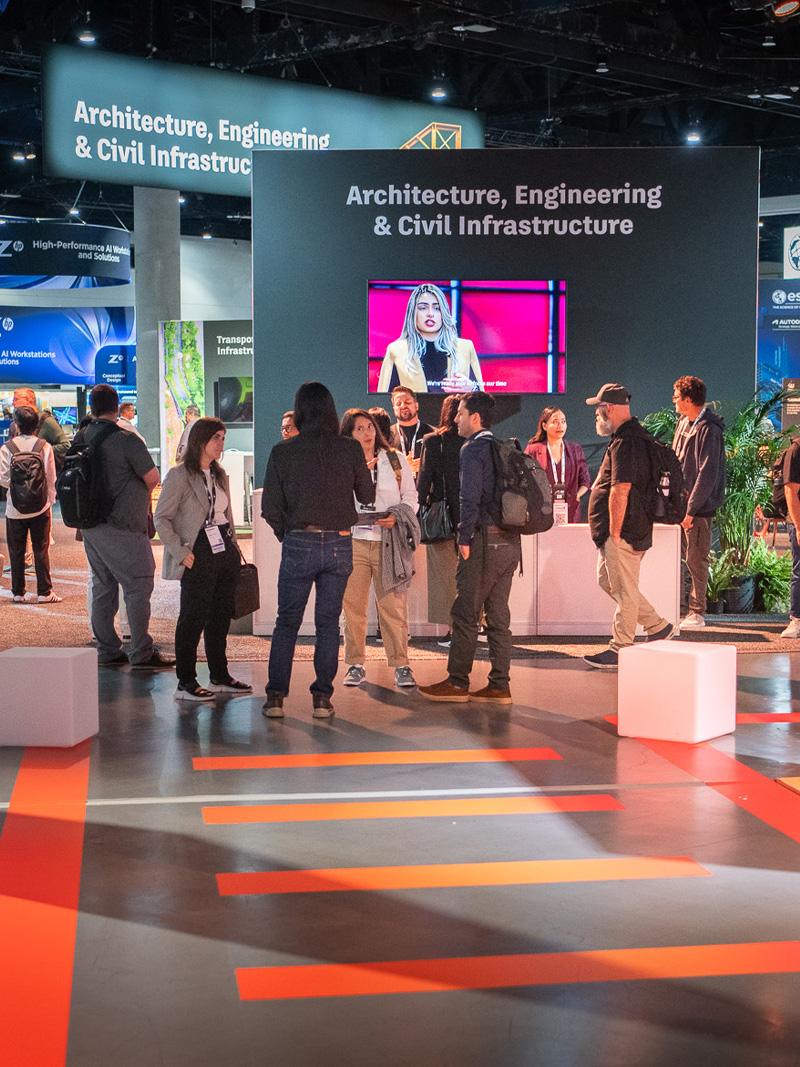
Autodesk University
How A Redefined Attendee Journey Scored an A+
-
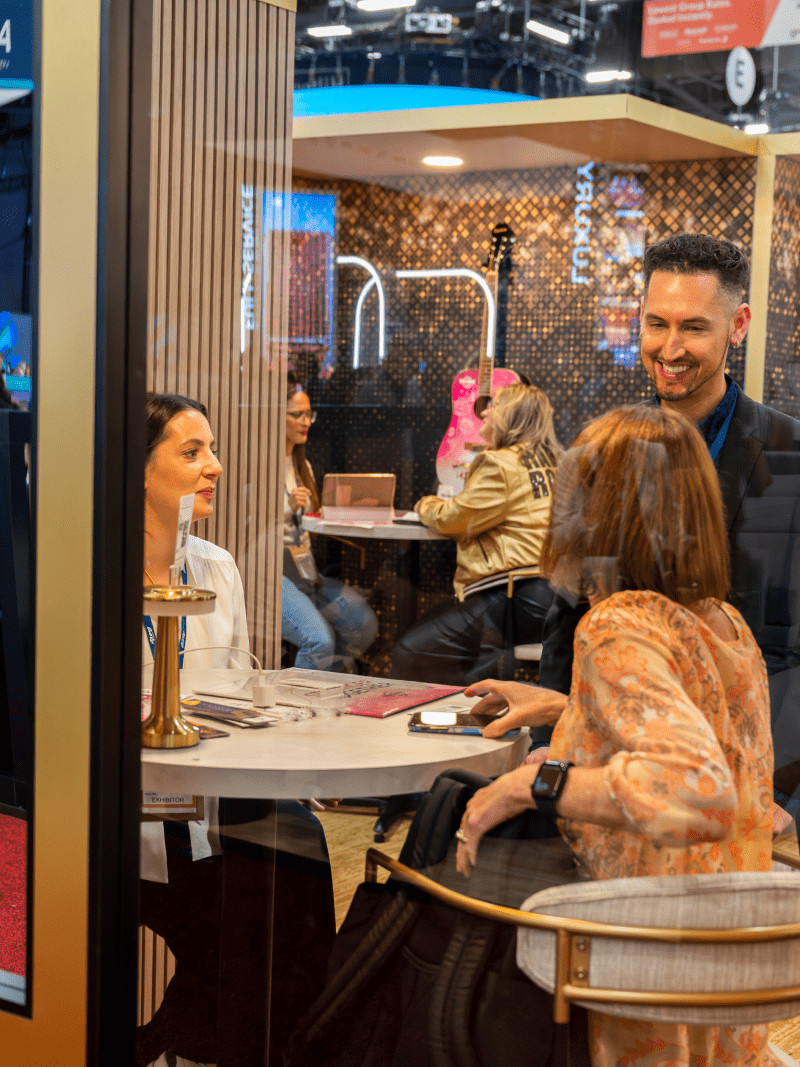
Hard Rock
Rock Star Presence Across Multiple Shows
-
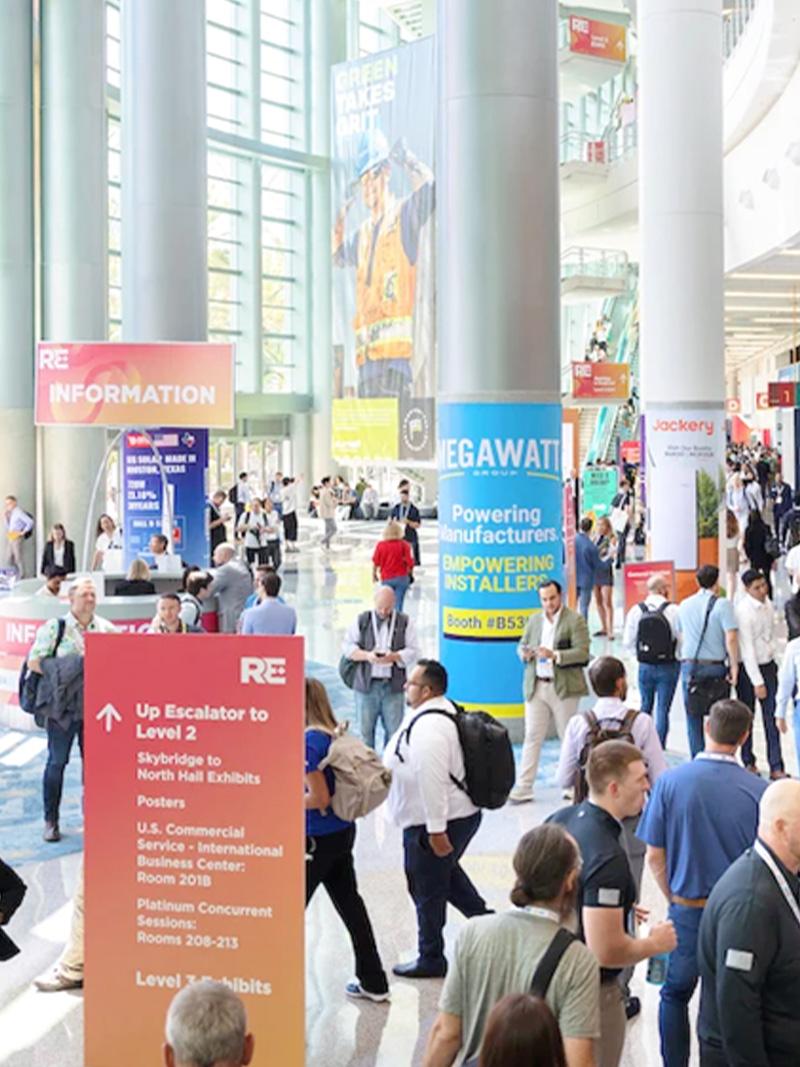
RE+ 2024
Enhancing Attendee Navigation
-
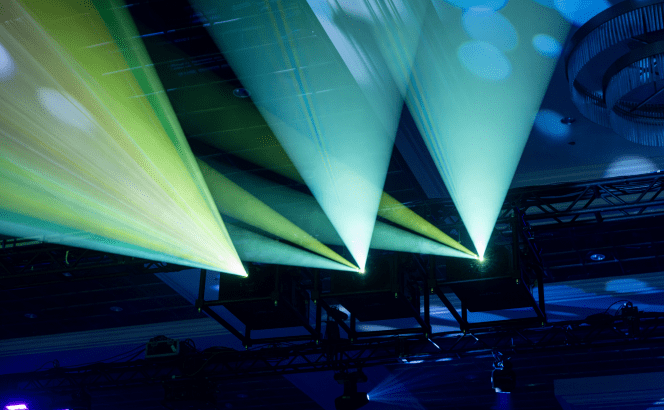
Groceryshop
Setting The Stage With AV Solutions
-
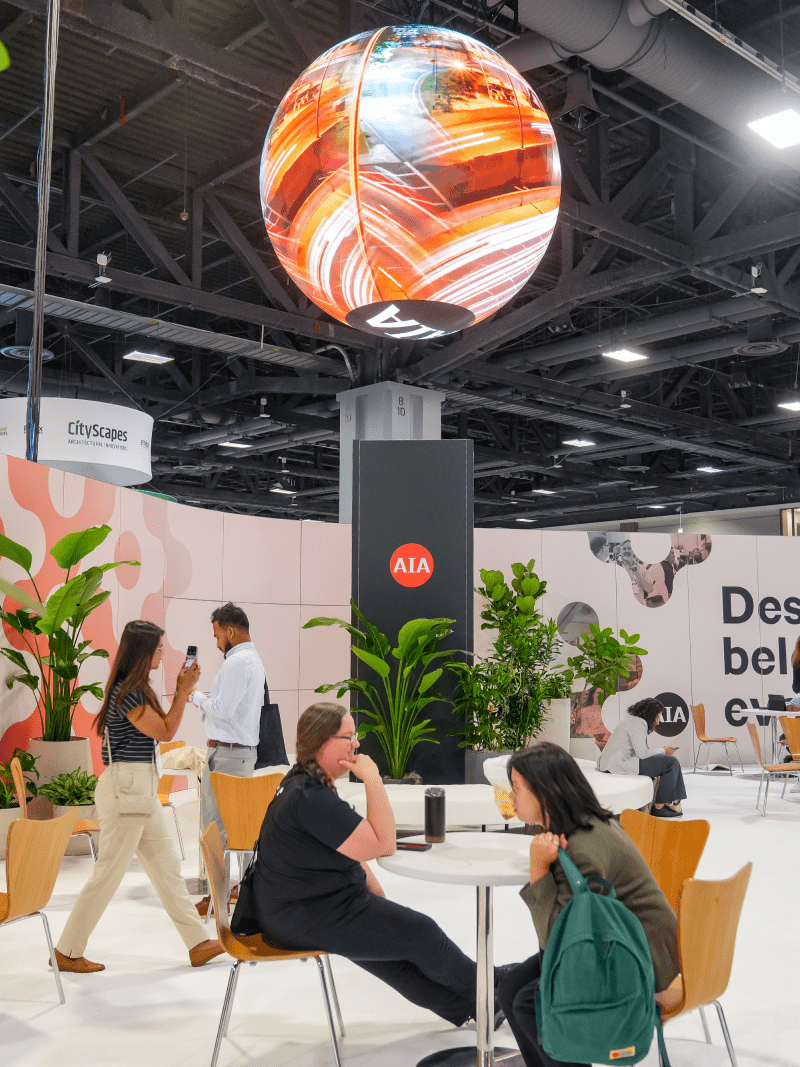
AIA
Building Connections